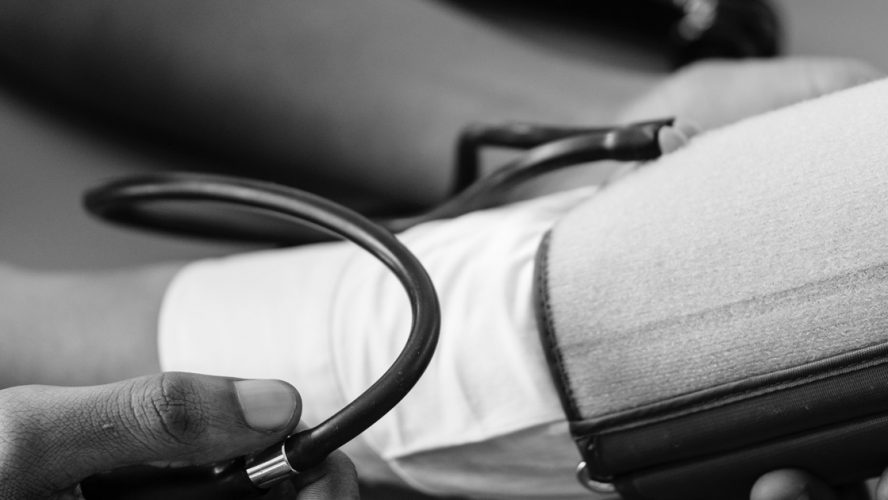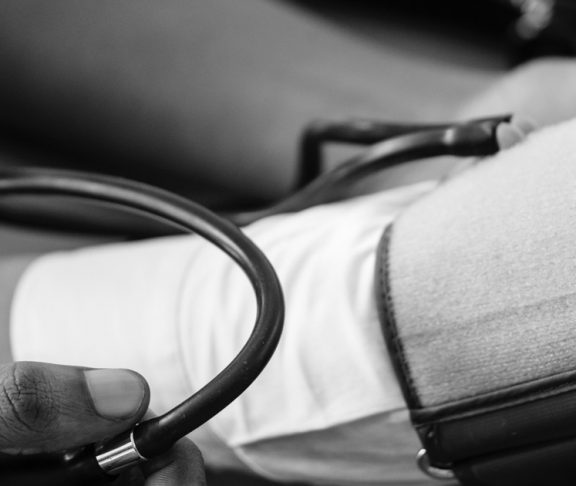
Simon McKeever
Chief Executive, Irish Exporters Association
A key challenge facing medical device manufacturers and distributors is the introduction of the new EU regulations coming into effect starting from May 2020 and preparations need to start now.
Ireland is an incredibly substantial player in the life sciences sector, involved with medical devices, pharmaceutical and biologics. The sector in Ireland exports more than €45 billion annually and employs over 50,000 people, making Ireland the largest NET exporter of pharmaceuticals in the world. Ireland has the highest per capita employment of medical technologies personnel across Europe.
Supply chain integrity is key
Medical devices are used in many varied situations, including among the general public in their homes, with the most critically ill in hospitals as well as with high-risk surgical procedures and the most vulnerable groups, such as infants and the elderly. The safety and performance of medical devices directly affect patient health and safety. Improper storage along the supply chain therefore can have extremely serious consequences and the specific nature by which these goods must be shipped and the wholesale distribution of medical devices is an important activity in integrated supply chain management.
Changes in regulations
One of the key challenges facing medtech manufacturers coming down the line is the introduction of the new EU regulations for medical devices. Regulation 2017/745 on medical devices and Regulation 2017/746 for in vitro diagnostic medical devices will replace all preceding directives and will apply with full application in May 2020 and May 2022 respectively.
The Health Products Regulatory Authority (HPRA) believe that the new regulations will allow for an effective, consistent and robust regulatory framework for medical devices across Europe and will afford the public appropriate levels of health protection and access to safe and effective medical devices.
Preparation is key for compliance
Manufacturers, distributors and importers have some time to put procedures in place but devoting time now to prepare is imperative so as to ensure compliance when the new regulations come into force. In order to meet the legislative requirements, it is recommended that distributors have a quality system in place that ensures that medical devices that are distributed comply, but also that non-compliant, defective or unsuitable devices can be detected and that traceability is maintained.
Personnel involved in distribution need to have sufficient training and expertise. It is recommended that each distribution centre appoint a person to oversee the effectiveness of their quality system and ensure regulatory responsibilities are met. Training and skills development of all personnel involved in the various operations is a key component to ensuring compliant procedures.
Security in life sciences supply chains is imperative to ensure that products reach their destination having never been compromised. Good manufacturing practice and good distribution practice need to work hand-in-hand and vigilance by all concerned in the supply chain is vital to ensure patient safety.
The number of subcontracted companies involved in the supply chain for medical devices with different modes of transport and temperature control has increased significantly. Collaboration between all parties, including manufacturers, logistics service providers, ports and airports, is crucial to ensure anti-theft and anti-counterfeit procedures, product integrity and patient safety.
Good distribution practice
The Irish Exporters Association has played a pivotal role in ensuring that companies reach and exceed the required compliance standard in ensuring product integrity and patient safety along the supply chain. The IEA GDP Passport ensures compliance under these new regulations and has become the gold standard for Good Distribution Practice in Ireland with all leading logistics service providers in the field now having obtained certification. The IEA have been proactive and launched new courses, which fully cover all changes in medical device regulations with increased emphasis on risk and risk assessment. These courses are fully comprehensive for pharma and also medical devices, cosmetics and falsified products, all of which are areas of risk and concern.
Manufacturers can now ensure life sciences products are transported, stored and handled according to GDP regulations by dealing with IEA GDP Passport holders and ensuring patient safety along the supply chain.

